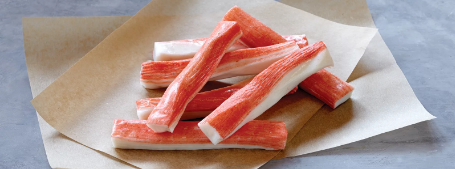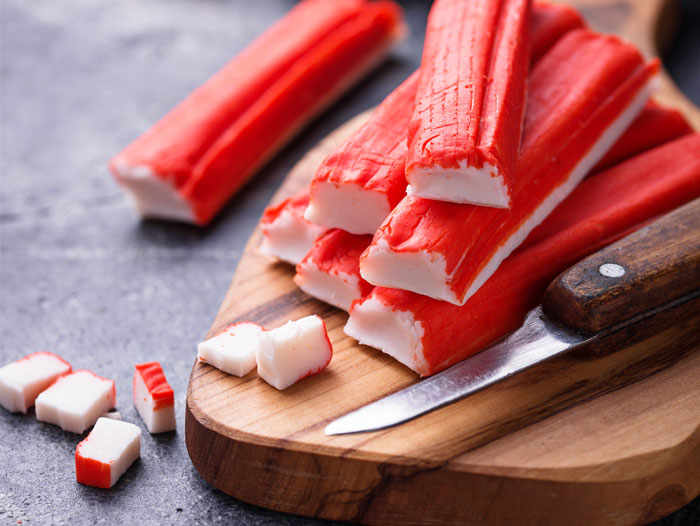

Common names for Sturgeon
White sturgeon, Oregon sturgeon, Sacramento sturgeon
Other languages for Sturgeon
- French name: Esturgeon blanc
- Italian name: Storione
- German name: Sacramento-Stör
Introduction to Sturgeon
Sturgeon were formerly plentiful in the United States, eaten on both coasts and exported to Europe, where their roe was processed into caviar. By the late nineteenth century, supplies were depleted, and wild fish are almost difficult to get now. Only two of the seven North American sturgeon species — white and green (Acipenser medirostris) — are still harvested on a very small basis on the West Coast. The majority of sturgeon on the market now is white sturgeon that has been farm-raised in California. White sturgeon, which is said to resemble the fabled beluga, is valued for its excellent taste. While wild fish may live for 100 years and reach weights of 2,000 pounds, a full-grown farmed sturgeon weighs between 18 and 22 pounds. The fish have no internal skeleton and are cartilagenous. Rather of scales, they have rows of sharp, bony shields or plates along their body called “buttons.”
Product profile for Sturgeon
Quality should be constant because farmed sturgeon are reared in controlled conditions. The flavor of wild sturgeon varies according on their diet and whether they are captured in brackish or fresh water. The flavor of farmed white sturgeon is milder and more delicate than that of green sturgeon. The solid, meaty flesh has a feel comparable to chicken breast or veal. Sturgeon is light pink while raw and becomes white when cooked. It’s impossible to eat the tough skin.
Cooking tips for Sturgeon
Because of its substantial texture, sturgeon is a suitable fish for meat or chicken eaters. It may be used in veal dishes. It’s also great for marinating. Sturgeon fillets are sautéed after being seasoned with salt, pepper, lemon juice, and Worcestershire sauce and rolled in flour, according to one sturgeon farmer’s recipe. Only 2 to 3 minutes per side in hot butter. Overcooking sturgeon will make it tough.
Nutrition facts for Sturgeon
Calories: 105 Fat Calories: 36 Total Fat: 4 g Saturated Fat: 0.9 g Cholesterol: 60 mg Sodium: 54 mg Protein: 16.1 g Omega 3: 0.3 g
Primary product forms for Sturgeon
Fresh: Bullets (H&G, tail and fins removed), Fillets, Steaks Frozen: Bullets, Fillets, Steaks Value-added: Smoked, Caviar
Global supply for Sturgeon
United States, Iran